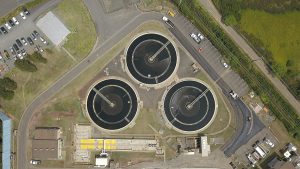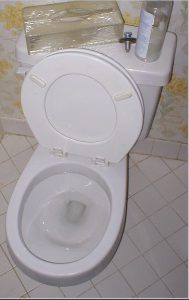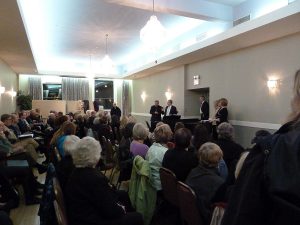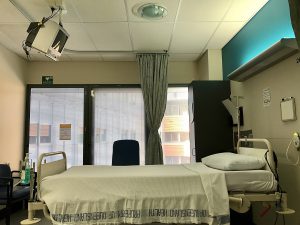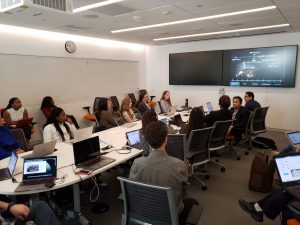(h/t to Jonathan Eisen for the original article) Virtually all the discussion these days is about aerosol/airborne transmission of SARS-CoV-2, and probably rightly so… there’s a lot of evidence that these are the primary routes of transmission. But as a recent Medscape article admonishes; “Don’t Forget the Fomites as Face-to-Face Care Ramps Up“. It’s still …
While not about COVID19 directly, this paper “Initial Mapping of the New York City Wastewater Virome” has implications for the many many folks looking at SARS-CoV-2 in wastewater these days. This work is looking at all the viruses in the wastewater system and is one of relatively few metagenomic studies out there that focuses on …
I decided to blog about this article for a few reasons… but I didn’t flag it as a #COVI19 Journal club because while it uses the current pandemic as a hook, this is a simulation and isn’t specific in any way to SARS-CoV-2. So “Can a toilet promote virus transmission? From a fluid dynamics perspective” …
This is a nice and clear (and short) editorial by Joseph Allen and Linsey Marr; “Recognizing and controlling airborne transmission of SARS‐CoV‐2 in indoor environments“. Basically they summarize the evidence for airborne transmission and suggest some mitigation strategies. Definitely worth a read. Abstract below: Sharing indoor space has been confirmed as a major risk factor …
Another paper highlighting the importance of the aerosols in the ongoing COVID-19 pandemic. This one is by a number of awesome folks in the field including Shelly Miller and Linsey Marr who have been some of the leading voices in understanding the airborne/aerosol transmission of SARS-CoV-2. Most people have probably heard of “that choir event …
More great information from Linsey Marr who has been at the forefront of some of the best science and discussions about SARS-CoV-2, especially on the risk of airborne transmission. This article isn’t a study, but a detailed description of the science of SARS-CoV-2 in built environments and specific recommendations for indoor sports centers (but could …
So here’s a bit of an odd “study”, published as a letter in the Journal of Hospital Infection about which the authors put out a press release as well. The title is “COVID-19 pandemic, let’s not forget surfaces”. No abstract since it’s a letter. Basically the authors took DNA from cauliflower mosaic virus, and inoculated …
This article (“Collection of SARS-CoV-2 Virus from the Air of a Clinic within a University Student Health Care Center and Analyses of the Viral Genomic Sequence”) caught my attention initially because of the air sampling aspect, but upon reading the Abstract I was struck by something else. Here they did air sampling in a …
This is a must-read article for folks thinking about mitigating the risk of COVID-19 indoors. A venerable author list, including many experts on all aspects of indoor ventilation, pathogen transmission, aerosol science, etc. Since it is a review, it’s hard to summarize. Basically they argue that the current status of the science on indoor microbiology …
Yet another wastewater surveillance study for SARS-CoV-2. Seems to be the hot topic these days. This is a great paper by Jordan Peccia and colleagues. They collected wastewater samples over the course of a couple months and saw how well those correlated with testing data and hospital admissions. Not only were the correlations extremely high, …
